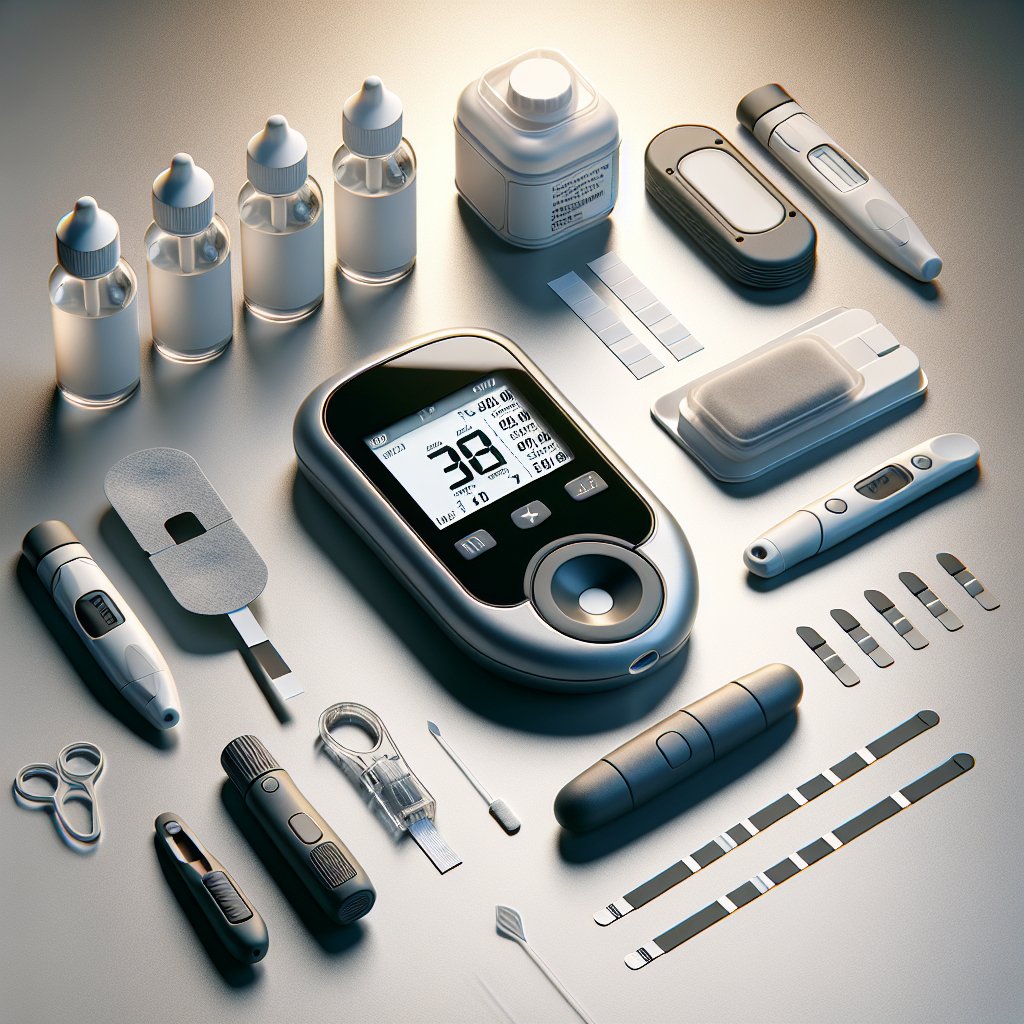Managing diabetes effectively requires a thorough understanding of the essential diabetes testing supplies that will help you monitor your blood glucose levels and maintain your health. With the right tools, you can track your condition and make informed decisions about your diet, exercise, and medication. In this article, we will explore the key supplies you need to manage diabetes efficiently.
At the core of diabetes management is regular monitoring of blood sugar levels. This process is crucial because it helps you understand how your body responds to different foods, activities, and medications. Consistent monitoring can prevent complications and improve your quality of life.
There are several essential supplies that every individual with diabetes should have, including glucose meters, test strips, lancets, and control solutions. Each of these items plays a vital role in ensuring accurate and effective blood sugar monitoring.
Before diving into the specifics of each supply, it's important to recognize that everyone's health situation is unique. Therefore, the exact combination of testing supplies you need may vary based on your personal health needs and your healthcare provider's recommendations. At Cart Health, we're committed to supporting you with the right products and solutions tailored to your needs.
Ready to get started? Order online here for convenient shopping and fast delivery!
Importance of Regular Blood Glucose Monitoring
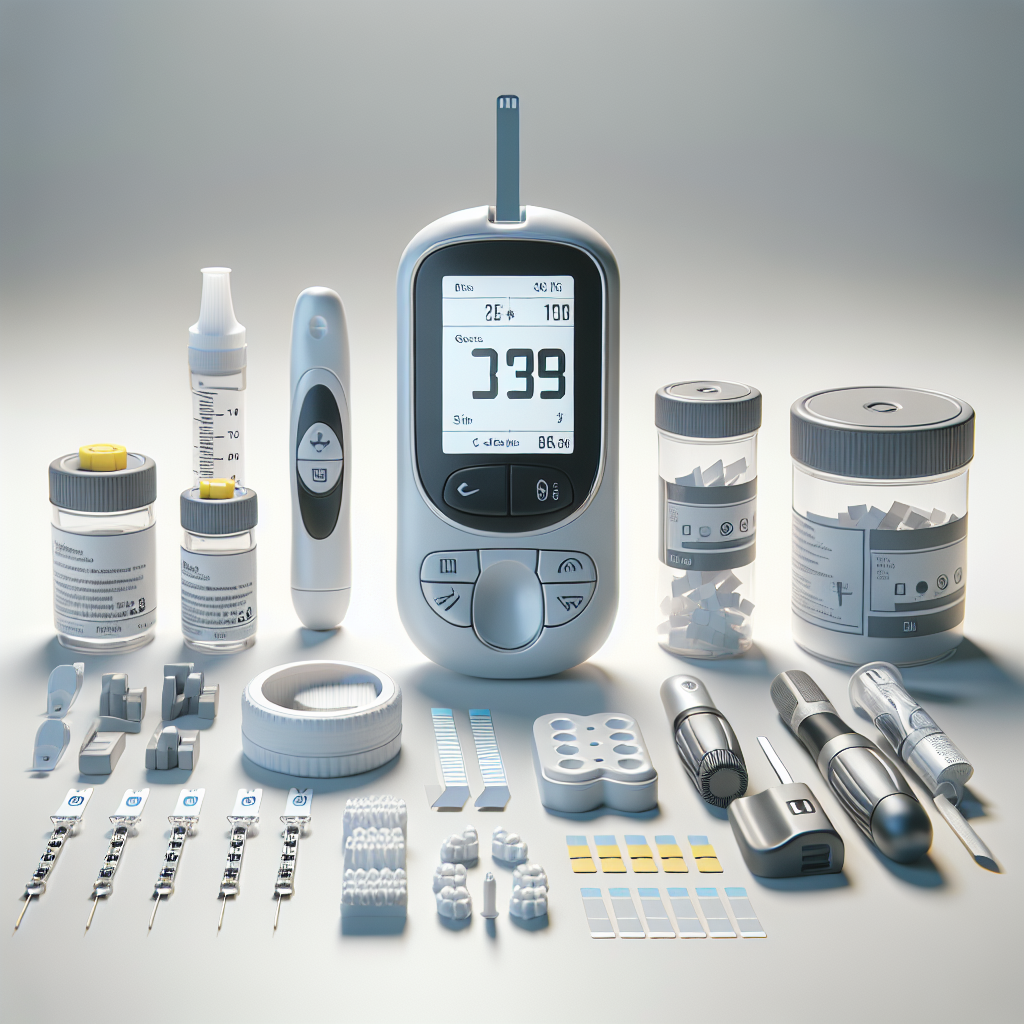
Regular blood glucose monitoring is a cornerstone of diabetes management. It allows individuals with diabetes to keep track of their blood sugar levels and make necessary adjustments to their treatment plans. By understanding how different foods, activities, and medications affect your glucose levels, you can take proactive steps to maintain a healthy balance.
One of the key benefits of regular monitoring is the ability to detect hyperglycemia (high blood sugar) and hypoglycemia (low blood sugar) early. Both conditions can lead to serious health complications if not managed promptly. Hyperglycemia can cause long-term damage to organs, while hypoglycemia can result in immediate, life-threatening situations. Frequent testing helps you stay within your target blood sugar range and avoid these risks.
Monitoring your blood glucose levels also provides valuable data that can be shared with your healthcare team. This information helps your doctor or diabetes educator tailor your treatment plan to better suit your individual needs. Over time, you can identify patterns and make informed decisions about your lifestyle and medication adjustments.
For individuals using insulin, regular monitoring is particularly crucial. It ensures that you are administering the correct dosage and helps prevent dangerous fluctuations in blood sugar levels. By keeping a daily log of your readings, you can gain insights into how different factors impact your glucose levels and make more informed choices.
Overall, the importance of regular blood glucose monitoring cannot be overstated. It empowers you to take control of your diabetes management, reduce the risk of complications, and lead a healthier, more balanced life.
Choosing the Right Glucose Meter
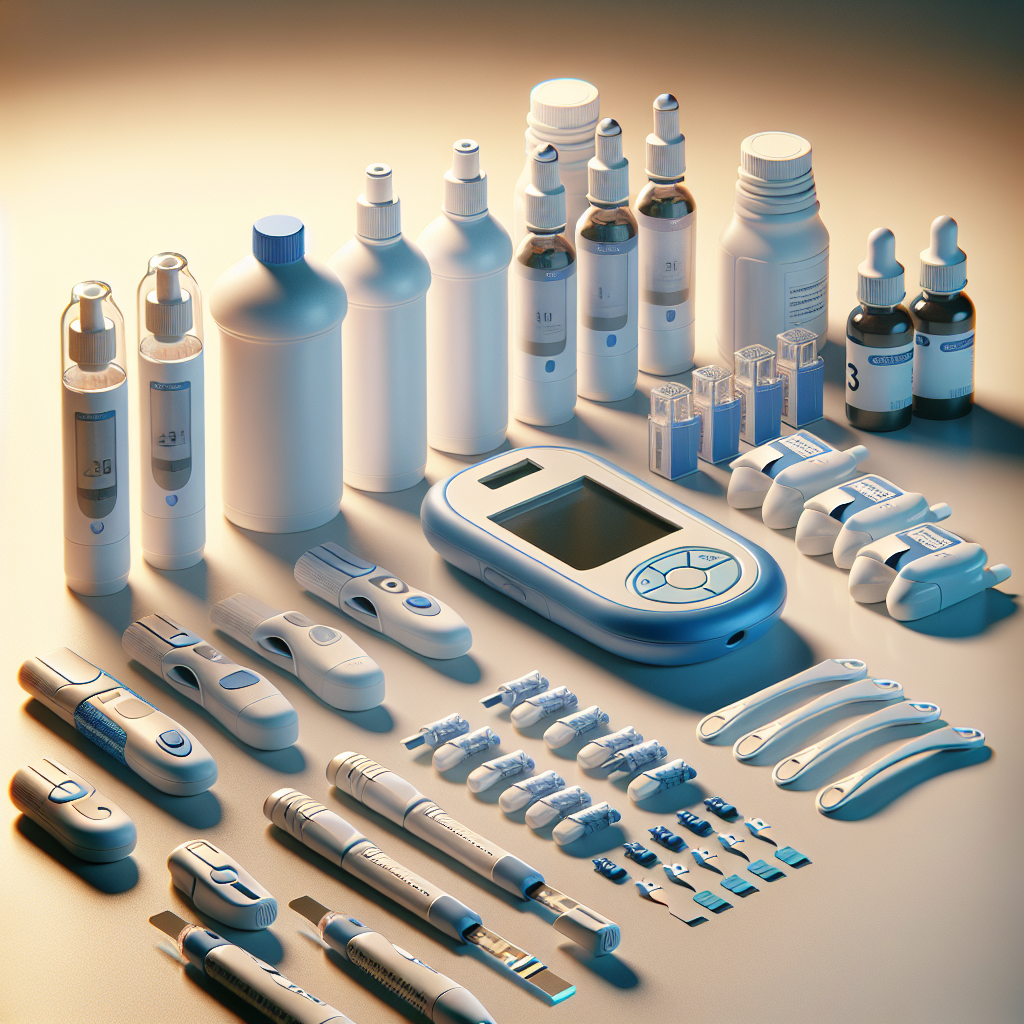
Choosing the right glucose meter is crucial for effective diabetes management. With numerous options available, it's important to select a device that suits your specific needs and lifestyle. Here are some factors to consider when making your choice:
- Accuracy: The accuracy of the glucose meter is paramount. Look for meters that meet the ISO standards for accuracy to ensure reliable readings. Check reviews and consult with your healthcare provider for recommendations.
- Ease of Use: The meter should be user-friendly, with clear instructions and a simple interface. Features like large displays, backlighting, and easy-to-navigate menus can make the process less cumbersome, especially for older adults or those with vision impairments.
- Sample Size: Consider the amount of blood required for each test. Meters that need smaller blood samples can be less painful and more convenient, especially for those who need to test frequently.
- Testing Speed: The time it takes for the meter to provide a reading is also important. Faster meters can save time and make the testing process more efficient.
- Memory and Data Management: Many modern glucose meters come with built-in memory to store previous readings. Some can even sync with smartphones or computers, allowing you to track your data over time and share it easily with your healthcare provider.
- Cost: The cost of the meter and the test strips should be considered. While some meters are inexpensive, the price of test strips can add up over time. Check with your insurance provider to see which meters and supplies are covered under your plan.
- Additional Features: Some meters offer extra features like ketone testing, alternate site testing, or integration with insulin pumps. Determine which features are essential for your diabetes management.
By carefully evaluating these factors, you can choose a glucose meter that fits your needs and helps you manage your diabetes effectively. Remember, the right meter can make a significant difference in your daily monitoring routine and overall health management.
Essential Test Strips and Their Role
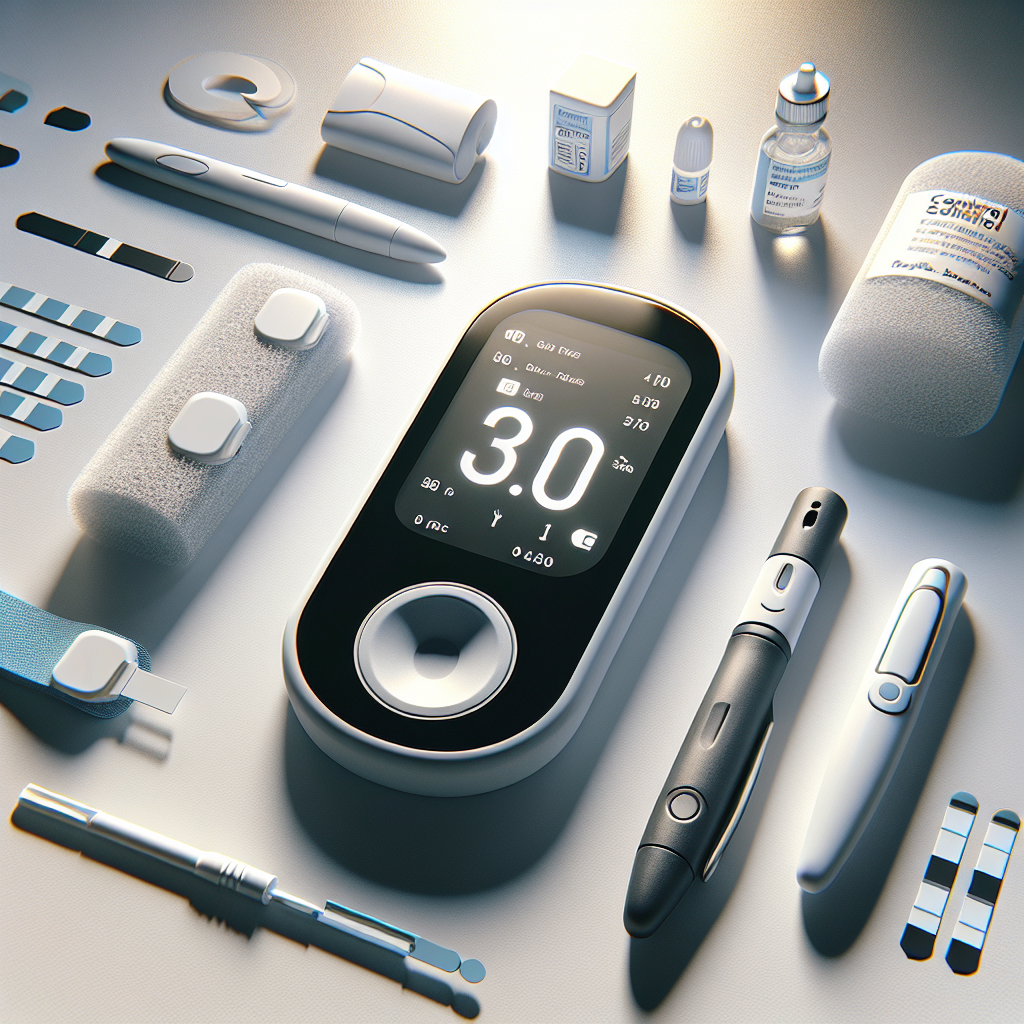
Test strips are an integral part of diabetes management, playing a critical role in monitoring blood glucose levels. These small, disposable strips work in conjunction with your glucose meter to provide accurate readings. Here’s why they are essential and how they function:
How Test Strips Work: When you place a drop of blood on the test strip, it reacts with chemicals on the strip, creating an electrical current. This current is then measured by the glucose meter, which displays your blood sugar level. The accuracy and reliability of the readings depend heavily on the quality of the test strips.
The Importance of Quality: High-quality test strips are crucial for accurate blood sugar monitoring. Inaccurate readings can lead to improper dosage of insulin or other medications, potentially causing hyperglycemia or hypoglycemia. Therefore, always opt for test strips that are compatible with your glucose meter and are known for their precision.
Storage and Handling: Proper storage and handling of test strips are essential to maintain their accuracy. Keep them in their original container, tightly sealed, and store them in a cool, dry place. Avoid exposing them to extreme temperatures, humidity, or direct sunlight. Make sure your hands are clean and dry before handling them to prevent contamination.
Frequency of Testing: The frequency of your blood sugar testing will determine how many test strips you need. Your healthcare provider can guide you on the optimal testing schedule based on your individual health needs. Regular testing helps in maintaining stable blood glucose levels and adjusting your treatment plan as necessary.
Cost Considerations: Test strips can be expensive, so it’s important to consider the cost when choosing your diabetes testing supplies. Check if your insurance covers the cost of test strips or if there are more affordable options available without compromising on quality.
By understanding the role and importance of test strips, you can make informed decisions about your diabetes care. Reliable test strips ensure that you get accurate readings, helping you manage your condition more effectively and maintain better overall health.
Lancets and Lancing Devices for Comfort
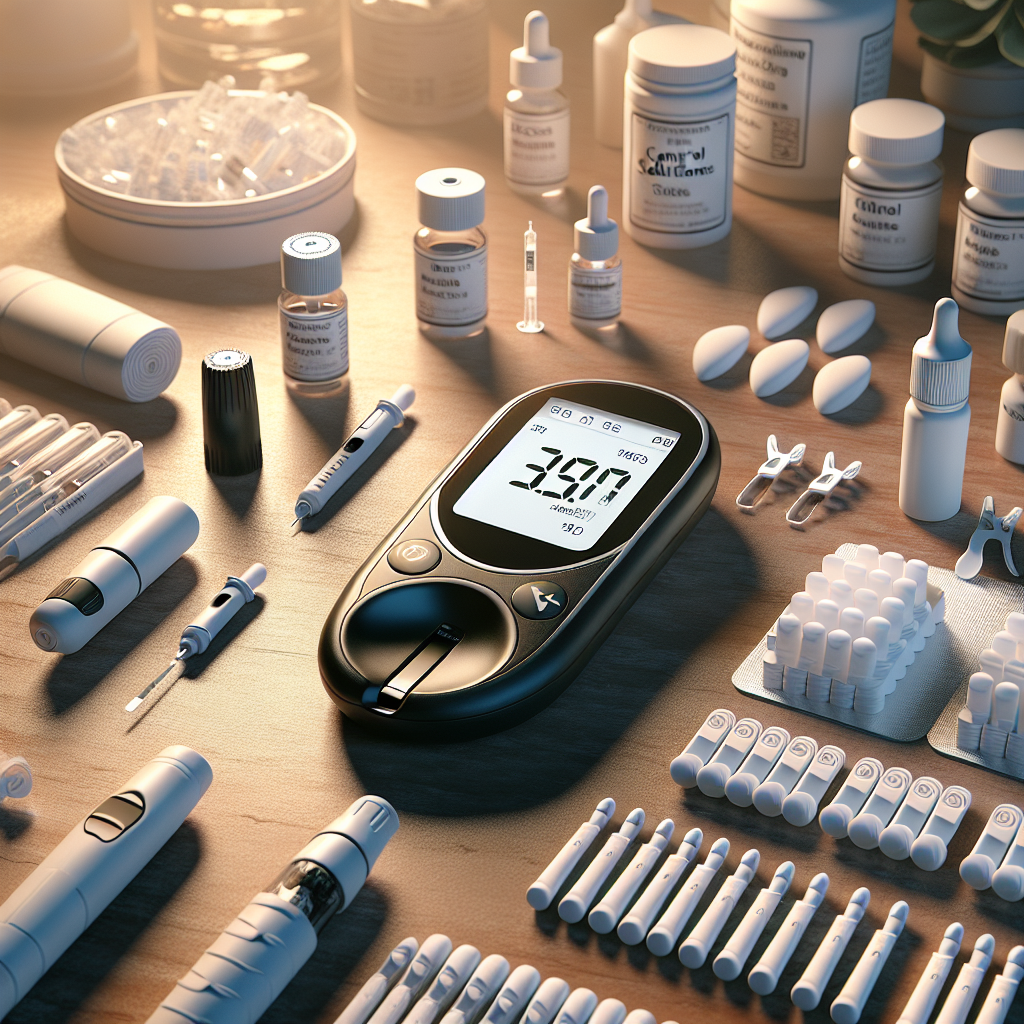
Lancets and lancing devices are pivotal in the process of blood glucose monitoring, and their design and functionality can significantly impact your comfort and ease during testing. Here’s a closer look at why they are important and how to choose the right ones for your needs:
Understanding Lancets: Lancets are small, sharp needles used to puncture the skin to obtain a blood sample. They are designed to be used with lancing devices, which allow for a controlled and precise puncture. The size or gauge of the lancet needle can vary, with finer needles generally causing less pain and discomfort.
Choosing the Right Lancing Device: Lancing devices are the instruments that hold the lancets and control the depth and force of the puncture. Look for devices with adjustable depth settings, as this can help minimize discomfort by allowing you to customize the puncture based on your skin type and thickness. Some lancing devices are designed with additional comfort features, such as ergonomic grips and reduced vibration.
Minimizing Pain and Discomfort: To reduce pain and discomfort during testing, it’s important to use a lancing device correctly. Ensure the device is set to an appropriate depth for your skin type. Rotating the site of lancing can also help; the sides of your fingertips are often less sensitive than the pads. Additionally, using a new, sterile lancet for each test can prevent infections and make the puncture process smoother.
Disposal and Safety: Proper disposal of used lancets is crucial to avoid accidental needle sticks and maintain hygiene. Always dispose of lancets in a designated sharps container. Never reuse lancets, as this can lead to infections and blunt needles, which can cause more pain during subsequent tests.
Cost and Availability: The cost of lancets and lancing devices can vary, so consider both your budget and comfort needs when selecting these supplies. Many insurance plans cover the cost of lancets and lancing devices, so check your benefits to see what options are available to you.
By selecting the right lancets and lancing devices, and using them correctly, you can make your blood glucose testing routine more comfortable and efficient. This helps you stay on track with your diabetes management plan and maintain better health.
Additional Accessories for Comprehensive Care
Managing diabetes effectively goes beyond just monitoring blood glucose levels. There are several additional accessories that can aid in comprehensive care and make daily management more convenient and efficient. Here are some essential accessories to consider:
Carrying Cases: A good carrying case can help you keep all your diabetes testing supplies organized and easily accessible. Look for cases with compartments for your glucose meter, test strips, lancets, lancing device, and any other essential items. Many cases are designed to be compact and portable, making it easier for you to manage your diabetes on the go.
Control Solutions: Control solutions are used to test the accuracy of your glucose meter and test strips. It’s important to use control solutions regularly to ensure that your readings are accurate, as inaccurate readings can lead to improper management of your condition. These solutions are typically available in different concentrations to match the range of readings you expect.
Skin Prep Wipes: Before lancing, it's essential to clean the area to prevent infections. Skin prep wipes are convenient and ensure the site is sterile. They are especially useful when you are away from home and do not have access to soap and water.
Log Books: Keeping a log book of your blood glucose readings, insulin doses, meals, and other relevant data can help you and your healthcare provider track your progress and make informed decisions about your treatment plan. There are also digital options available, including apps that can sync with your glucose meter.
Comfort Aids: Items like gel-filled gloves or finger cots can provide additional comfort for those who experience pain or discomfort from frequent testing. These aids can help reduce soreness and protect your fingertips.
Battery Backup: Many glucose meters run on batteries, and having a backup supply ensures that your meter is always ready to use. Consider keeping extra batteries in your carrying case.
Investing in these additional accessories can enhance your diabetes management routine, making it easier to stay on top of your health. At Cart Health, we understand that everyone's needs are unique, and we are committed to providing the tools and support you need for effective diabetes care. Order online here for convenient shopping and fast delivery!

